PC
When Thomasina Bateman turns up to the village of Bewlay, it feels like a scene pulled straight out of the League of Gentlemen, minus the creepy laughs. Locals are hostile, drunk, lecherous or all three. Thomasina has to cope with misogyny and rebuffs at almost every turn. She’s there to excavate a barrow (and the title might give you a clue as to whose), but her assistant isn’t due until the next day and her cash reserves are low. As night draws in, she’s left with no choice but to try and befriend the village’s inhabitants over the coming days, and fulfil her dream of uncovering a potentially historic archaeological find.
I’m honestly staggered that it’s taken me this long to play something by Wadjet Eye Games. They’re a publisher and developer I’ve had on my radar for some years, yet The Excavation of Hob’s Barrow is my first foray into their pixel art point-and-click storytelling, which is often in collaboration with other developers — in this case, Cloak and Dagger Games. And based on the quality of this title, you can now consider me a huge fan.
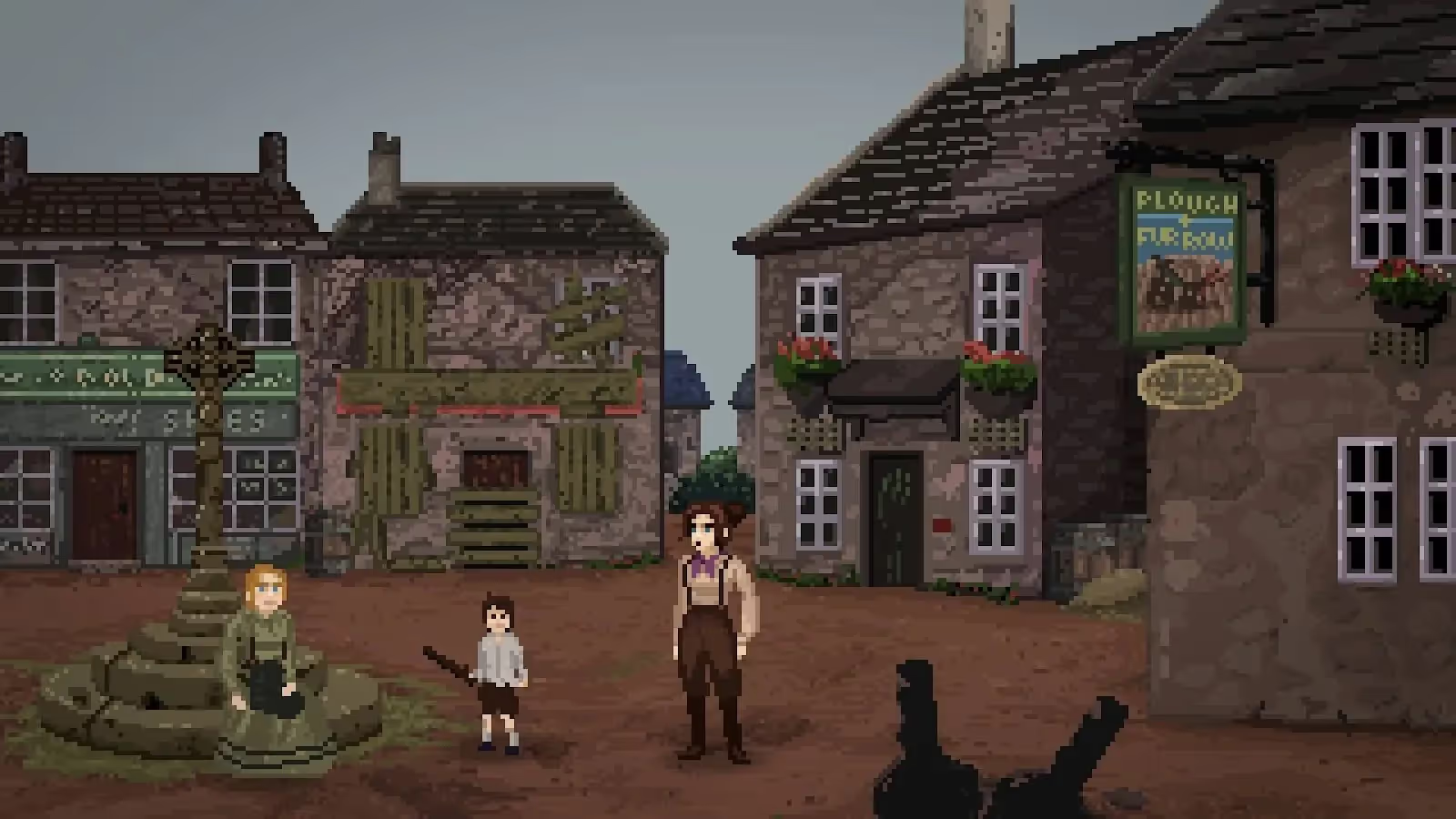
Even though it’s only a five-ish hour game, it benefits from being played in a single sitting. The creeping dread is palpable — there is something amiss in the village, but it isn’t clear what — and the story reveals its hand carefully. A priest with a dodgy stomach at the start of the game is all but forgotten by the end, but is no less an important piece to the overall jigsaw of Bewlay. The claustrophobic nature of the locale contributes to the atmosphere. It reminded me of text adventure games I played on the Amstrad back in the 80s — particularly Ken Bond’s excellent The Spiro Legacy — as well as the wonderful book House of Hell from Steve Jackson’s Fighting Fantasy stable. There are fewer than a couple of dozen locations outside of the barrow itself, and you can fast travel to any of them from the inventory banner (and while there, check out exactly what you need to do next), but they create an environment that is at once homely and ominous.
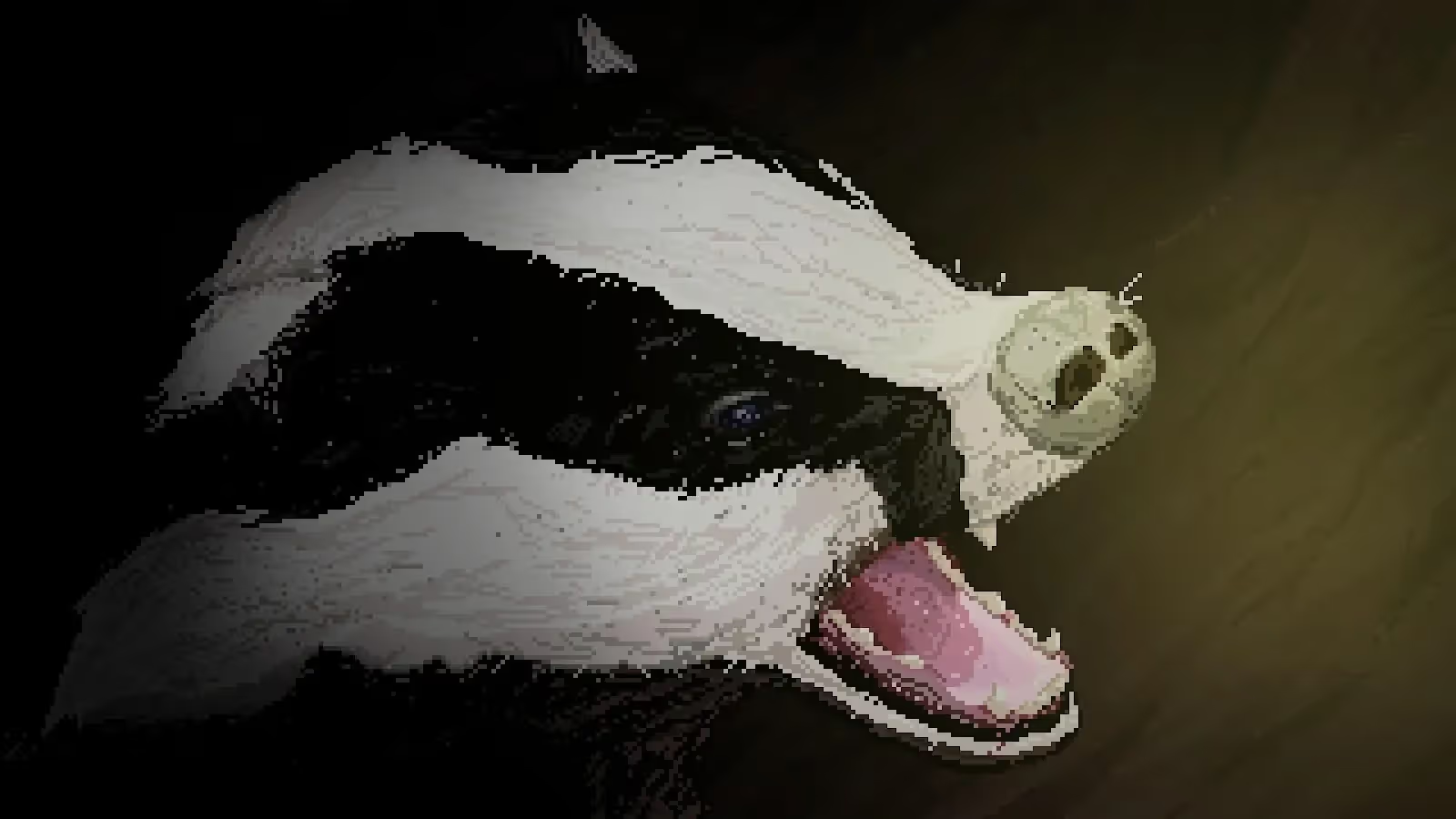
The prologue sets up a meeting with a mysterious Leonard Shoulder with whom Thomasina is due to meet, but boxed between his no-show, a gathering storm, and a group of regulars with their mouths firmly shut, the hemmed-in protagonist acts in a believable way. Was-it-real-or-not nightmares are explained away by logic, while her no-nonsense approach to patriarchal bullshit feels in keeping with her scientific background. But as the days march on and even stranger happenings occur, it becomes harder and harder to dismiss the weirdness. Indeed, the breadcrumbs are scattered so precisely that it was only long after the credits rolled that I realised how brilliantly clever the narrative was. It’s hard to reveal much without spoiling some of the wonderful twists, but the clues are all there if you look closely.
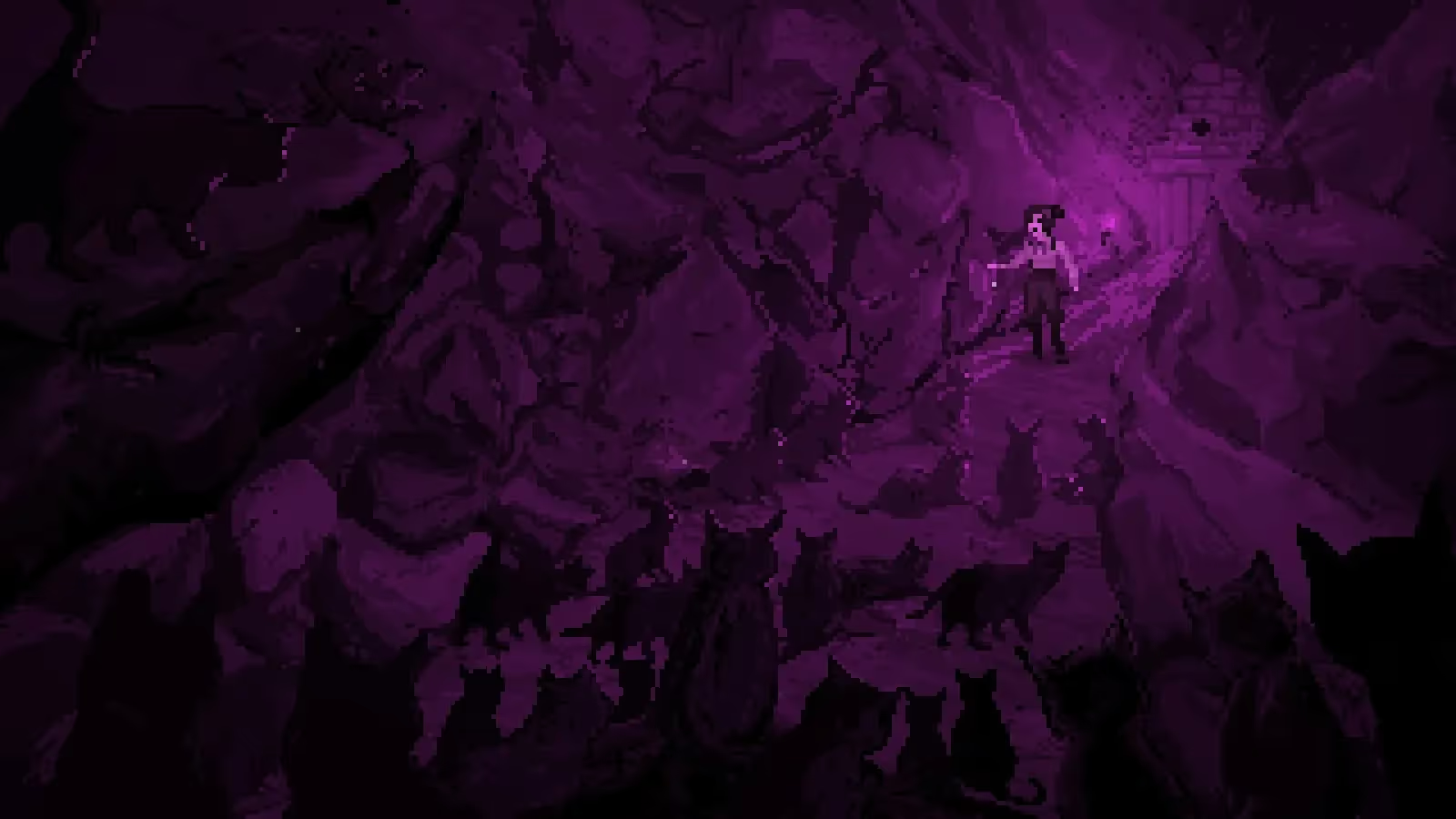
The voice acting is mostly excellent. There’s the occasional weird addition, such as a small boy who is clearly being performed by an adult woman, but on the whole the cast is great. Thomasina, in particular, shines as she tells her story with pathos — similar to Claire’s often mournful narration in Outlander — and while revealing from the start that she survives the excavation is a bold move, it’s one that pays off. Other characters are portrayed in similarly brilliant ways: the barkeep who seems to be one of the few nice people in Bewlay; the powerful and sleazy local Lord; the heartbroken church widow. Each has their own story which is conveyed far more powerfully than text alone would allow.

And given the genre, special mention must go to the puzzles. Even though most of them fall into tried-and-tested sequences (to meet the Lord you first need to obtain milk for his servant by convincing the owner of a stubborn goat to milk it, but only after you help fix his back pain by collecting ingredients so a herbalist can make him a poultice…and so on), none of them are too challenging. Indeed, the final hour of the game contained some of the most enjoyable puzzles I’ve encountered in an adventure game in years even though they were the most straightforward. It’s unlikely that you’ll get stuck if you use common sense, and the compact nature of the locations and the limited items will usually steer you in the right direction.
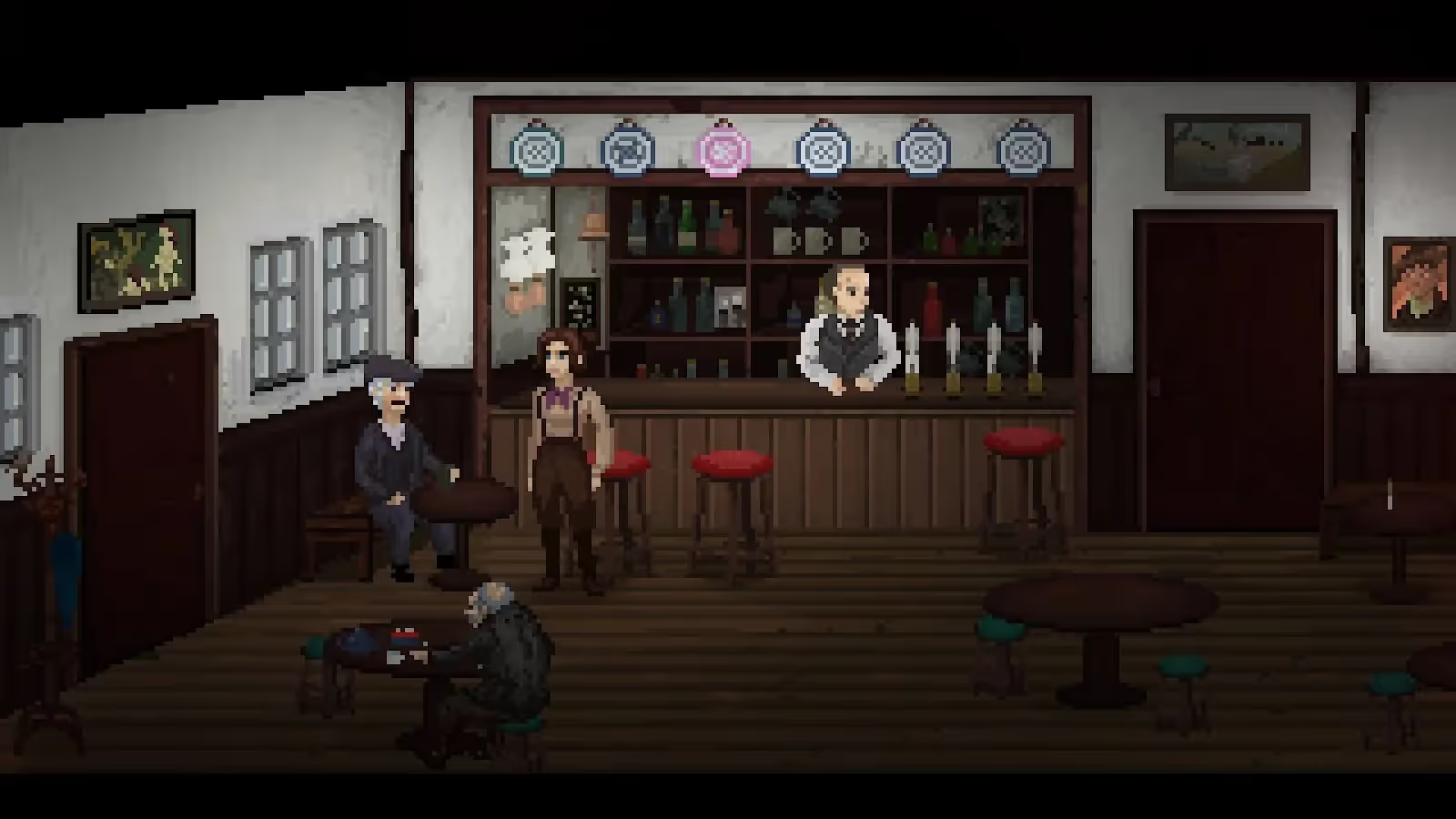
As this is a horror game, the audio-visual element needs to be up to scratch, and the game doesn’t fall short. A series of time jumps between Thomasina’s past and present amp up the “little girl” trope as we learn about what drives her, and that combined with some delightfully repulsive up-close shots of animals and grotesque human faces make their mark, even rendered in pixel art. It’s all cushioned in plenty of ominous music as well as at least two full folk songs. It also has a bucket full of purple-tinged jump scares where the screen briefly shifts into otherworldly horror before returning to normality — look no further than the title screen if you want to prepare your bowels. If you are looking for a disturbing rural tale, all of the boxes are ticked here.
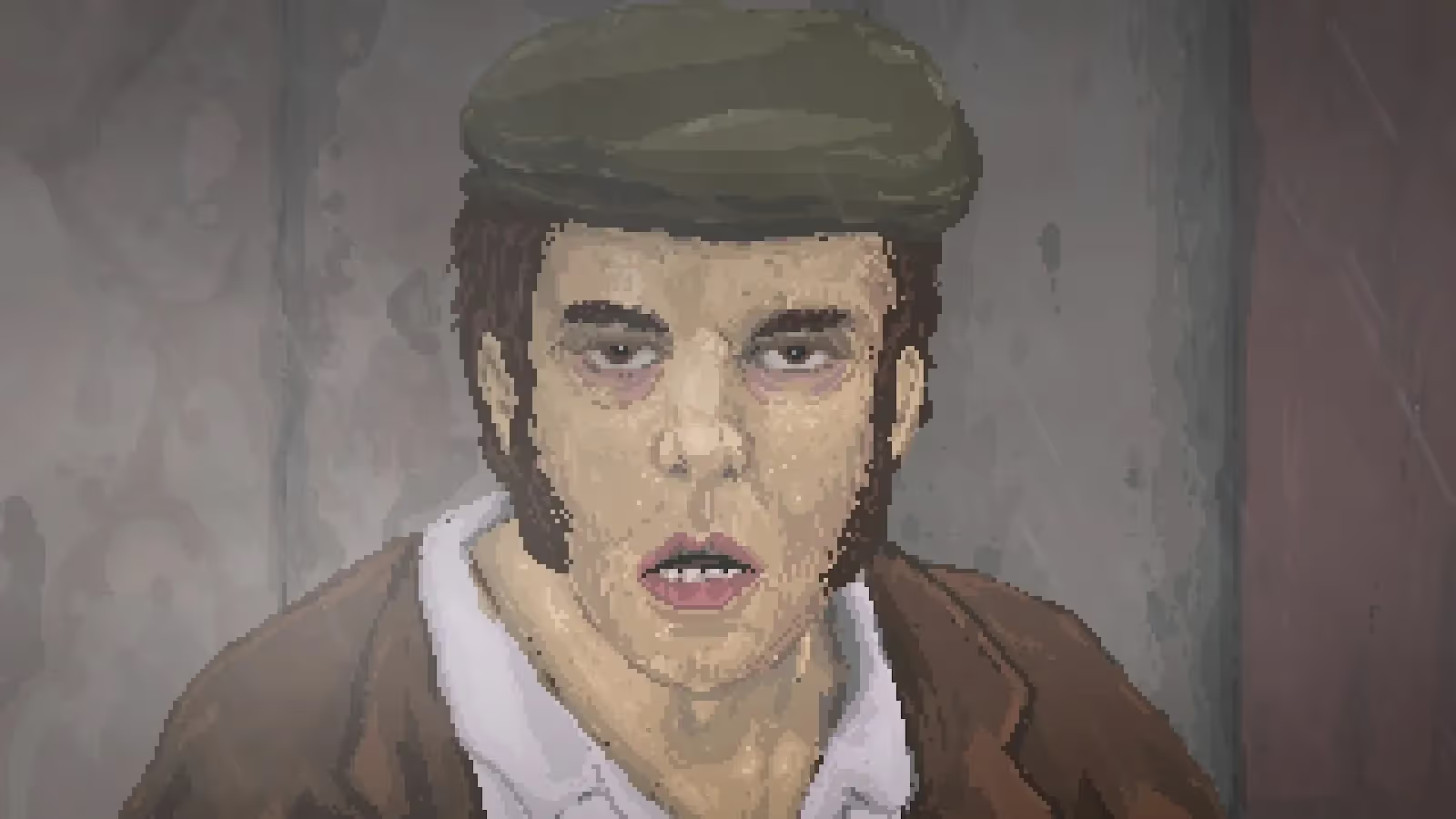
But the most harrowing aspect of The Excavation of Hob’s Barrow might be the psychological trauma which burrows its insidious tendrils into your skull long after you finish Thomasina’s tale. The themes played on my mind for some days after. What price will you pay to achieve your goal? How far will you go to prove yourself to your family? And where is the line drawn between parochial eccentricity and something far more sinister?
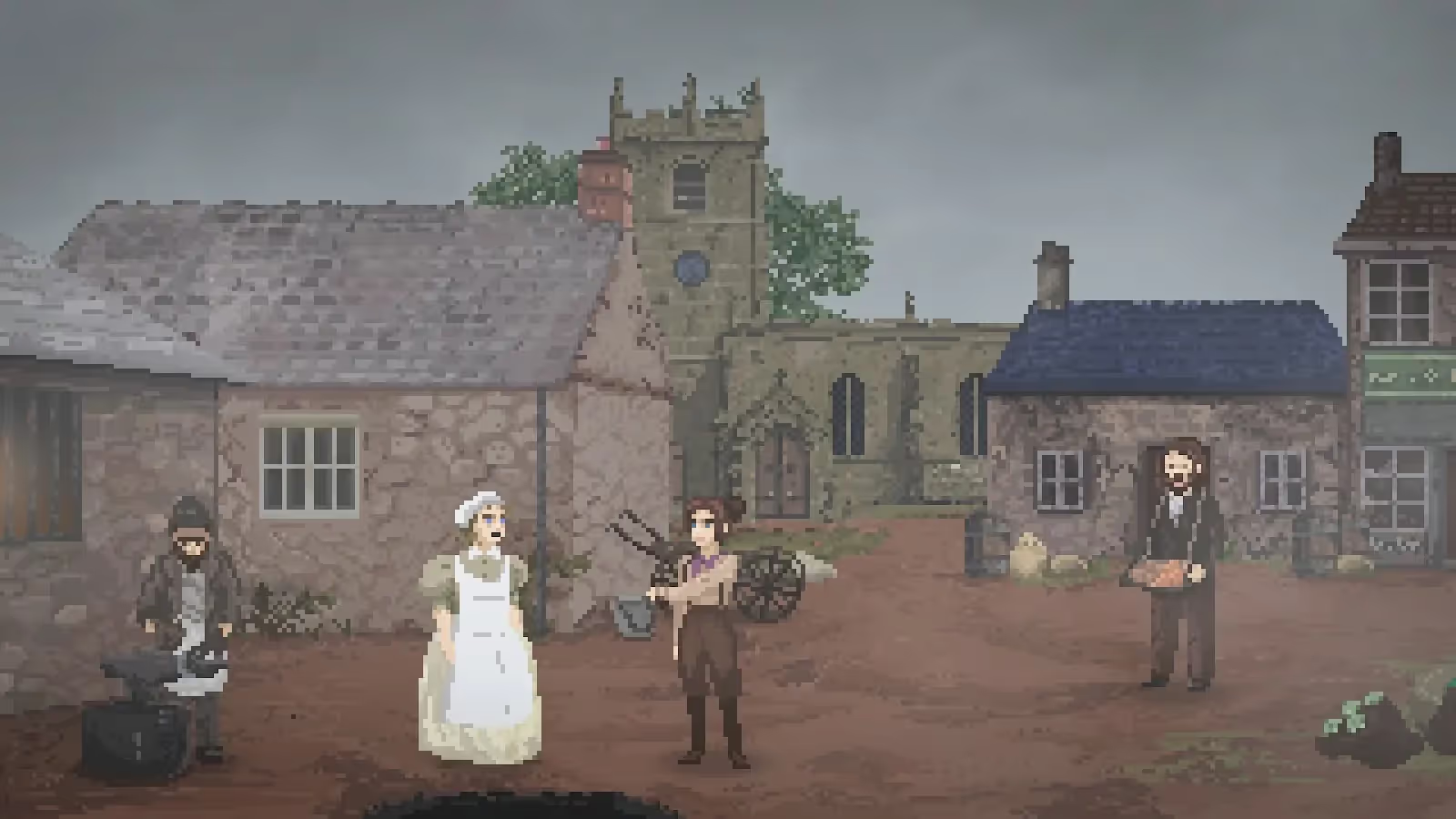
Cloak and Dagger Games has created a genuinely unsettling title. It might have all the hallmarks of a traditional point-and-click, but there’s something undeniably alluring and creepy in its production and pace that raises it far above the pack. And with that, I’m going to investigate Wadjet Eye’s back catalogue for more gems.
You can subscribe to Jump Chat Roll on your favourite podcast players including:
Let us know in the comments if you enjoyed this podcast, and if there are any topics you'd like to hear us tackle in future episodes!



